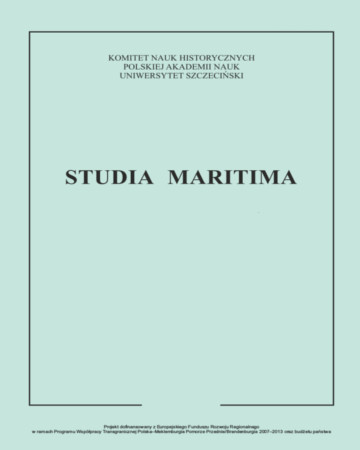Textually Invisible? Emporia on the Southern Shore of the Baltic in Scandinavian Medieval Sources
Textually Invisible? Emporia on the Southern Shore of the Baltic in Scandinavian Medieval Sources
Author(s): Carina DammSubject(s): 6th to 12th Centuries
Published by: Wydawnictwo Naukowe Uniwersytetu Szczecińskiego
Keywords: emporia; early medieval trade; Viking Age; Old Norse literature; slavery;
Summary/Abstract: The present study focuses on early medieval trading places, so-called emporia, along the south- ern Baltic coast in today’s territories of Schleswig, Mecklenburg, and Pomorze, and their prominence in Old Norse literature. Intriguingly, from the archaeologically identified sixteen places, only two are attested in the high-medieval textual sources from Iceland, namely Hedeby (ON Heiðabýr/Heiðabœr) and Wolin (ON Jómsborg). A close text-based analysis on the former highlights Hedeby as a crucial station for commercially, militarily and religiously motivated expeditions along the Austrvegr (“the Eastern way”) – albeit not unique in its importance for mobile Scandinavians among numerous other places in the Viking world. The textual sources also suggest that the literary memory of the Baltic is restricted to the tenth to twelfth centuries. Hence, we can assume that writing and memory was attached to the emerging Danish royal power as is evidenced in the numerous narratives on Haraldr Gormsson and his son Sveinn tjúguskegg and their presence in the two trading places. Eventually, the article serves as a case study for the functions of the numerous emporia that are archaeologically, but not textually visible.
Journal: Studia Maritima
- Issue Year: 36/2023
- Issue No: 1
- Page Range: 49-67
- Page Count: 19
- Language: English

